Wearing Clothes
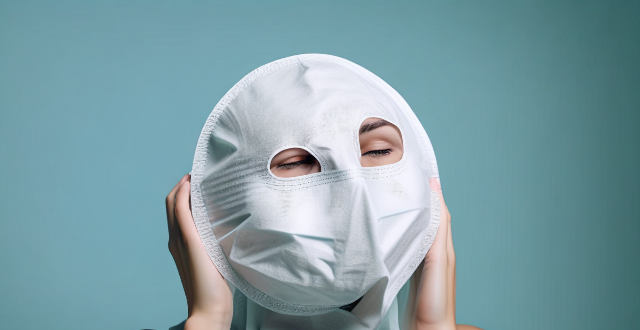
Can wearing a face mask for a long time cause breathing problems ?
Wearing a face mask for extended periods can cause breathing issues, especially if the mask is not fitted properly or worn incorrectly. There are various types of face masks, each with its own potential impact on breathing, including surgical masks, N95 respirators, and cloth masks. Prolonged use of face masks can lead to increased resistance, humidity, and reduced oxygen intake. To minimize potential breathing issues while wearing a face mask, it's important to ensure proper fit, choose breathable materials, take breaks, stay hydrated, and consult a healthcare professional if necessary. Overall, the benefits of source control and infection prevention should be balanced against any minor discomforts experienced.
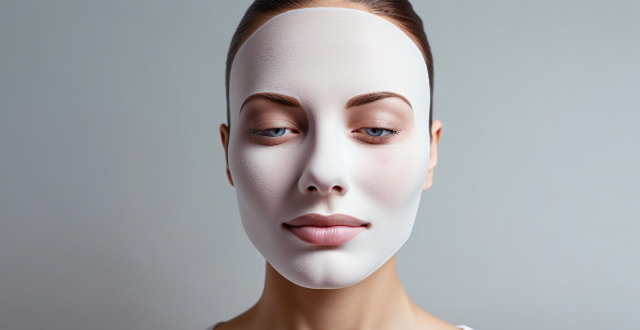
Are there any health risks associated with wearing a face mask for an extended period ?
Wearing a face mask for an extended period can have potential health risks such as skin irritation, difficulty in breathing, reduced oxygen intake, and psychological effects. However, these risks are generally minimal when compared to the benefits of wearing a mask in preventing the spread of infectious diseases. It is important to choose a mask that fits well and is made of breathable materials to minimize any potential health risks.

How does wearing a face mask affect oxygen levels in the body ?
Wearing a face mask is an essential practice during the COVID-19 pandemic to prevent the spread of the virus. However, some people have concerns about whether wearing a mask affects oxygen levels in the body. In this article, we will explore how wearing a face mask affects oxygen levels in the body and provide evidence to support our claims. There are two main ways in which wearing a face mask can affect oxygen levels: decreased airflow and increased carbon dioxide retention. However, studies have shown that wearing a face mask does not significantly reduce oxygen levels in healthy individuals who are not exercising heavily. In healthy individuals, wearing a face mask does not pose any significant risk of low oxygen levels. However, if someone has underlying respiratory conditions such as asthma or COPD, they may experience shortness of breath or other symptoms when wearing a face mask. To ensure adequate oxygen levels while wearing a face mask, one can follow these tips: choose the right type of mask, maintain good hydration, exercise regularly, avoid heavy exercise, and consult with healthcare professionals if necessary.

Can I try on clothes at a sample sale ?
Attending a sample sale can be an exciting experience for fashion enthusiasts, as it often presents the opportunity to purchase designer clothing at discounted prices. However, one question that frequently arises is whether customers are allowed to try on clothes during these events. In this article, we will explore the intricacies of trying on clothes at a sample sale and provide some tips for making the most of your shopping experience.

What are some tips for washing clothes faster without compromising quality ?
Washing clothes faster without compromising quality is possible by following these tips: sorting clothes properly, using the right detergent, choosing the right wash cycle, not overloading the washer, and hanging dry when possible. These steps can save time, energy, and money while ensuring clean and fresh garments.
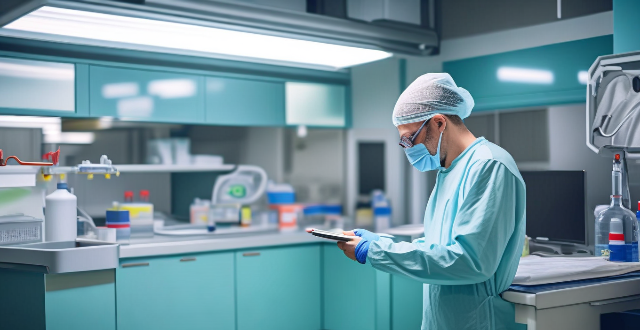
What are the benefits of wearing protective clothing in a laboratory setting ?
In a laboratory setting, wearing protective clothing is crucial for the safety and well-being of individuals working with hazardous materials or conducting experiments that may pose risks. The benefits of wearing protective clothing include protection from chemical spills and splashes, biological hazards, personal comfort and hygiene, and compliance with safety regulations. By prioritizing safety through proper protective clothing, laboratory personnel can work more confidently and efficiently while minimizing potential risks to their health and well-being.

Is there a standard guideline for wearing PPE during COVID-19 pandemic ?
The text provides a summary of the standard guidelines for wearing Personal Protective Equipment (PPE) during the COVID-19 pandemic. The guidelines are designed to protect healthcare workers, first responders, and other essential workers from getting infected with the virus. The levels of PPE required vary depending on the level of risk involved in different situations, ranging from low risk to high risk. The text also provides best practices for wearing PPE, including hand hygiene, putting on and removing PPE in the correct order, and proper disposal of PPE items.
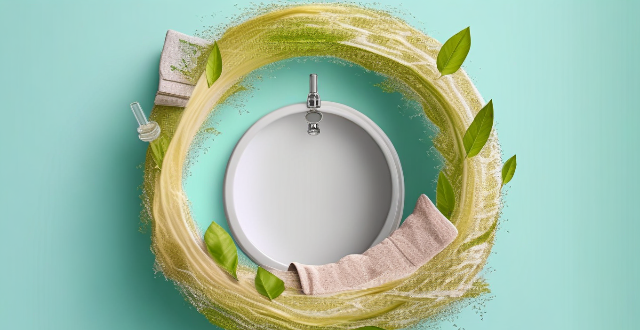
What are the best ways to wash clothes quickly and effectively ?
This article discusses the best ways to wash clothes quickly and effectively. It covers preparation steps such as sorting clothes, pre-treating stains, and checking pockets. It also explains how to set up a washing machine with the right cycle, warm water, and detergent. Handwashing clothes is another option that involves soaking clothes in warm water with detergent, scrubbing gently, rinsing thoroughly, and hanging to dry. After washing, drying clothes properly is important to prevent wrinkles and damage. Overall, following these steps can help you save time and keep your clothes clean and fresh.

What are some quick and easy ways to get my clothes clean ?
Here are some quick and easy ways to keep your wardrobe fresh and clean: 1. Spot Cleaning: For small stains or spills, dampen a cloth with water or a mild detergent and gently blot the affected area until the stain is removed. 2. Hand Washing: Fill a sink or basin with warm water and add a small amount of gentle detergent. Gently agitate clothing items in the water, then rinse thoroughly and hang to dry. 3. Machine Washing: Sort clothes by color and fabric type before washing. Use a gentle cycle and cold water for delicate items, and warmer water for more durable fabrics. 4. Dry Cleaning: Check care labels on garments made from silk, wool, or other delicate materials. If dry cleaning is recommended, take clothes to a professional dry cleaner. 5. Air Drying: Hang clothes outside on a clothesline or indoors on a drying rack to save energy and prolong their lifespan. This method also helps eliminate wrinkles and static cling. 6. Steaming: Hang clothes in a steamy bathroom after a shower or use a handheld garment steamer to remove wrinkles and odors. By incorporating these methods into your routine, you can keep your wardrobe looking its best without spending hours on laundry day.

How can I maintain a professional appearance while staying comfortable throughout the day ?
Maintaining a professional appearance while staying comfortable throughout the day is crucial in the workplace. Here are some tips: 1. Dress appropriately by choosing well-fitted clothes that are appropriate for your job and industry, avoiding overly casual or revealing clothing, and sticking to neutral colors like black, gray, navy, or beige. Pay attention to grooming by keeping your hair neat and tidy, making sure your facial hair is well-groomed if you choose to wear it, and applying deodorant and keeping your breath fresh with mints or gum. 2. Invest in quality footwear by wearing comfortable shoes that are supportive, such as loafers or low heels, avoiding high heels or shoes that pinch your toes, and breaking in new shoes gradually by wearing them around the house before wearing them to work. Take care of your feet by wearing socks or stockings that wick away moisture and prevent blisters, using shoe inserts or insoles for extra cushioning and support, and giving your feet a break by taking off your shoes during lunch breaks or when you're at your desk. 3. Stay hydrated and nourished by drinking plenty of water and bringing a water bottle to work to refill it throughout the day, avoiding sugary drinks and caffeine which can dehydrate you. Snack smartly by packing healthy snacks like fruits, nuts, or granola bars to avoid midday cravings for unhealthy foods, and eating small meals throughout the day instead of three large ones to maintain energy levels. 4. Take breaks and stretch by getting up from your desk every hour or so and taking a short walk or stretch, using your lunch break to go for a walk outside or do some light exercise. Practice good posture by sitting up straight with your feet flat on the floor and your shoulders relaxed, using a chair with good back support and adjusting the height if necessary, and taking breaks from staring at a computer screen by looking away for a few seconds every 20 minutes.
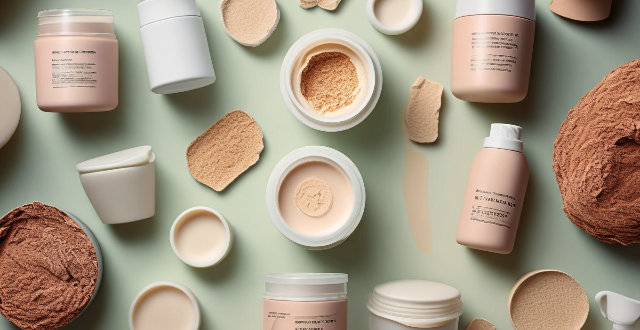
Can wearing a face mask cause skin irritation or acne ?
Wearing a face mask can cause skin irritation or acne due to friction, pressure, heat, moisture buildup, and bacterial growth. To prevent these issues, choose breathable materials, wash your face regularly with gentle cleansers, use oil-free skincare products, change your mask frequently, and consult a dermatologist if necessary.

What is the importance of wearing seat belts in vehicles ?
Wearing seat belts in vehicles is crucial for reducing the risk of serious injuries or death in crashes. They protect against head, brain, chest, and abdominal injuries by preventing ejection and distributing impact force. This practice is also legally required and can affect insurance payouts. Drivers should set an example for passengers, especially children, to promote safe driving habits. Buckling up is a simple, effective way to protect oneself and others.
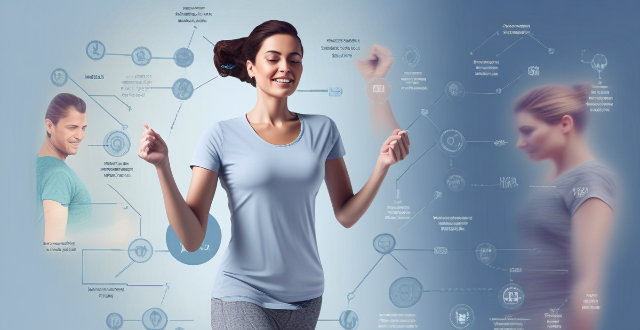
Are there any health risks associated with wearing a fitness tracker ?
The article discusses potential health risks associated with wearing fitness trackers, including radiation exposure, skin irritation and allergies, and distracted driving. It provides tips on how to minimize these risks, such as limiting exposure time, choosing low-power modes, using hypoallergenic materials, adjusting the fit properly, giving skin regular breaks, turning off non-essential features before driving, using Do Not Disturb mode, and putting the phone away while driving.